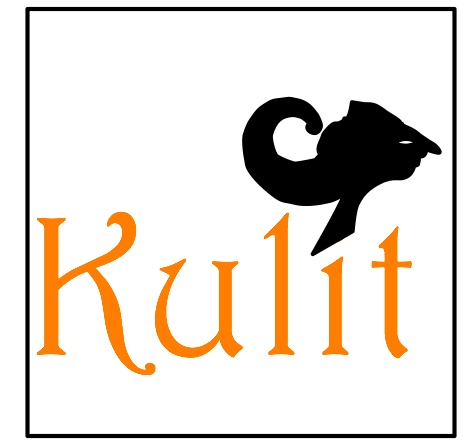Kulit: A Workflow for High Resolution Communication
The Kulit presentation model allows the speaker or the audience to quickly move around the hierarchy of a presentation to customize the interaction based on immediate need.

The name Kulit comes from wayang kulit, the flat Indonesian shadow puppet projected on a screen for telling rich, engaging epic stories. The objective of SIFT’s Kulit technology is to make effective communication easy and fast. Encouraging thinking in authors with tight deadlines is a difficult proposition. Software can aid, but not replace thinking. Good information design is like designing good buildings. No one suggests that software programs replace architects. Likewise, software cannot replace good information design. Ideally an author creates a precisely targeted traditional written report that includes carefully constructed graphics that illustrate the key data points. While this provides the audience with the most effective communication possible, author skill levels and high-pressure deadlines simply will not allow it. On top of it all, the author will still have to create a presentation from the same basic material to brief the report.
The Kulit workflow focuses on communication over presentation. Kulit also helps train authors on the job by introducing communication patterns. More than standard templates, communication patterns encode expert experience on the best approach to effectively communicate the message. Kulit presentations break away from the foil overhead model of presentation software. Instead Kulit uses a scrolling hierarchical model with links, similar to that of mind maps. Both a good technical report and a presentation are organized hierarchically. The difference is a matter of detail. Kulit helps control the level of detail depending on the audience. The Kulit presentation model allows the speaker or the audience to quickly move around the hierarchy to customize the interaction based on immediate need. Kulit also introduces a number of visual cues to show how parts of the hierarchy relate to each other. For example, Kulit could indicate that a certain part of the hierarchy provides additional detail, a list of things, or a sequence of steps. Finally, Kulit allows details to be hidden, or expanded as necessary.

